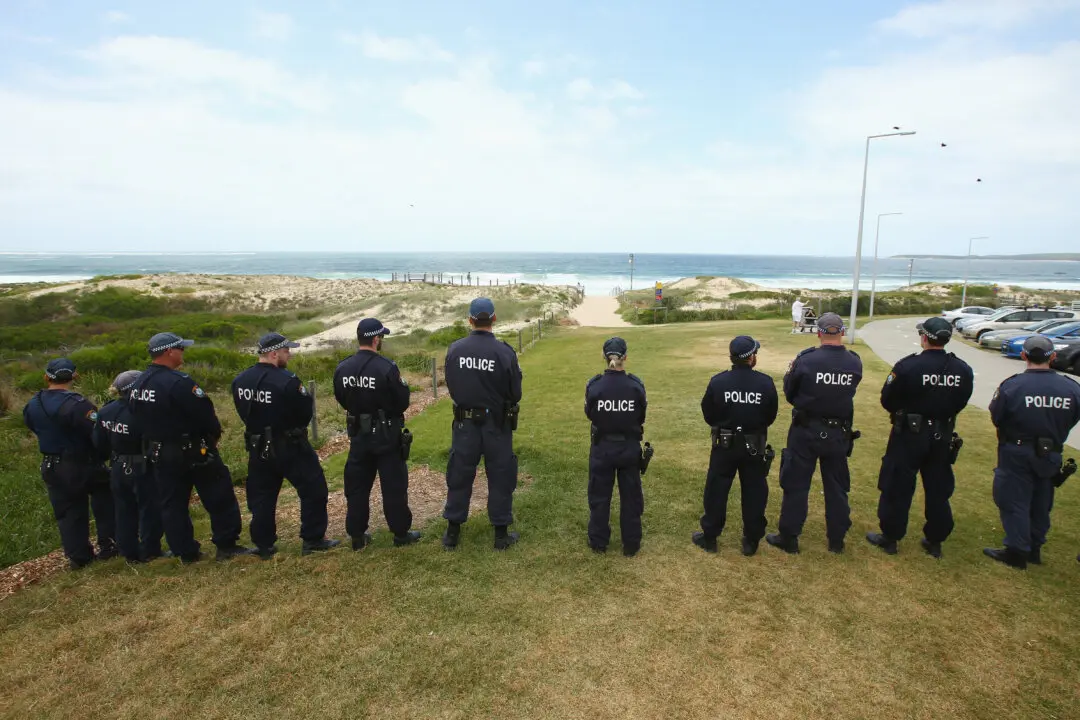Ironically, in his book, Australia was first called “the lucky country” in 1964 by author Donald Horne. It is ironic because his title was intended as a warning: Australia’s political and business leaders were mediocre, but the nation somehow managed to coast along on good luck.
Instead, the country unofficially adopted the book’s title as its national slogan, ignoring its contents.





